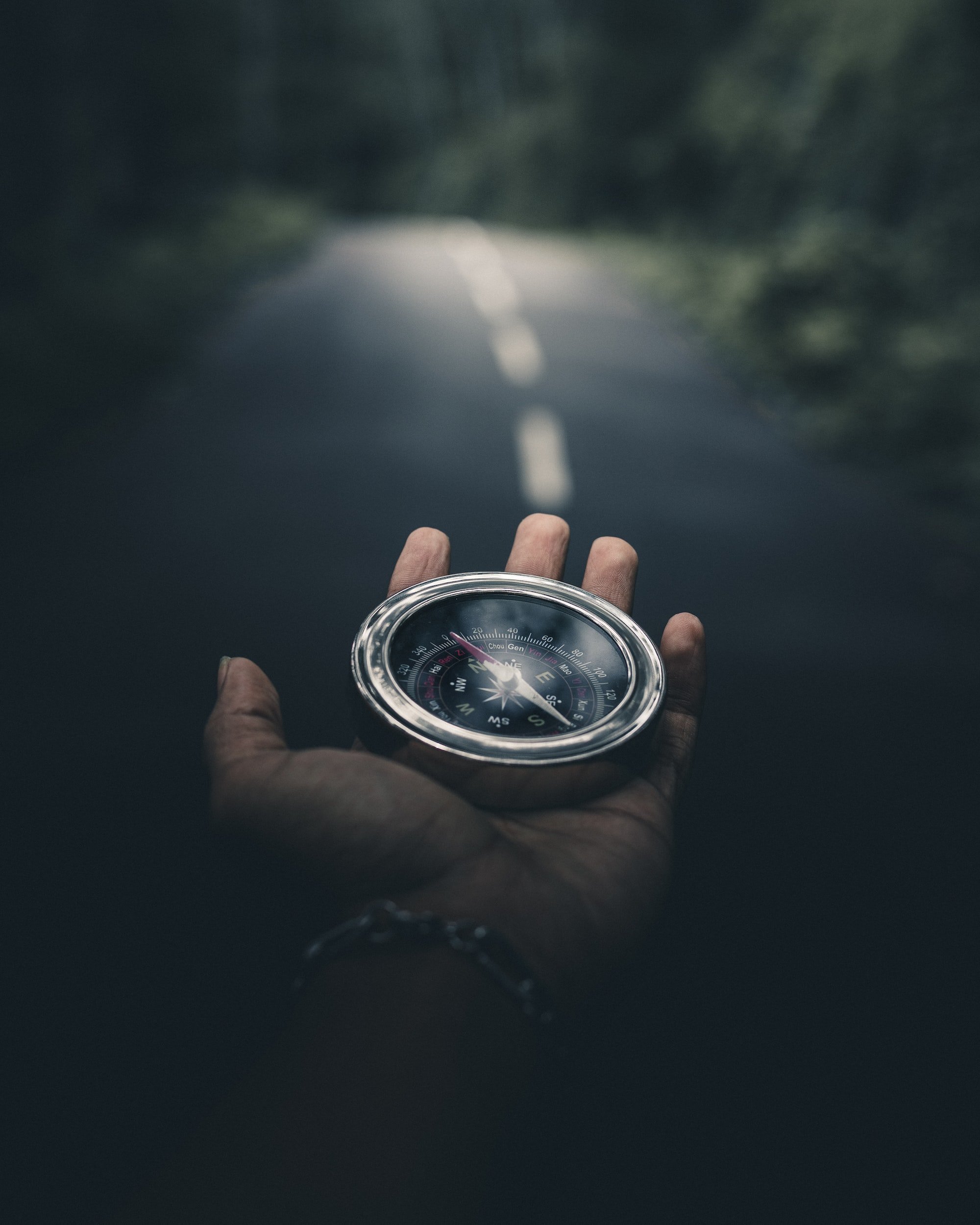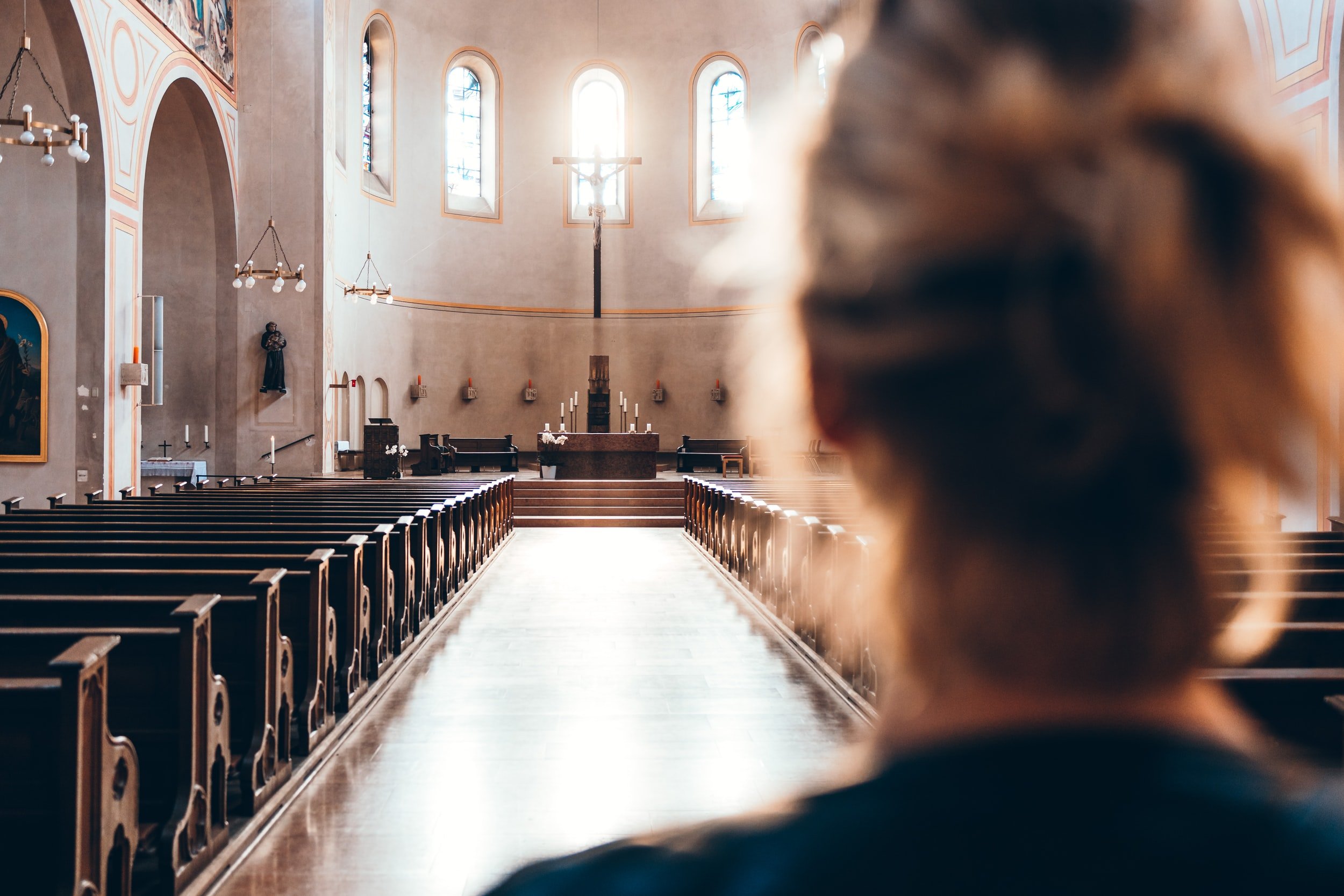A Winter Solstice Meditation
Note: This was originally published in our bi-weekly e-newsletter, Liminal Spaces. To get future issues delivered to your inbox (and get our ebook for free!), sign up here.
“We can know the dark, and dream it into a new image.
-Starhawk
Winter Solstice is the shortest day and longest night of the year. The winter solstice was one of the most important celebrations in the pre-Christian world, a liminal space celebrated with ancient festivals when the sun appeared to “standstill,” almost to die and be born again the next day. It also marks the beginning of the lengthening of light, which is why thousands of people gather at sites like Stonehenge and Newgrange to celebrate the return of the sun.
But first, there is darkness.
If, like me, you are tired of the sun setting at 4 p.m. then don’t move to certain parts of Norway, Sweden, or Alaska where this time of year the Polar Night keeps the sun from rising at all. And though we may no longer be afraid of the dark, most of us still loathe the shadows. Here in the West, we’ve been conditioned to believe light is good and darkness is bad, so we fill our nights with screens and electricity to banish the darkness, but often to our peril. In driving away the darkness we exile the mysterious while also unwittingly destroying the essential balance of light and darkness that life on this planet requires. Have you ever noticed how many wondrous things happen in the dark? Beautiful things like sex, sleep, and the rising stars. You began in the darkness of your mother’s womb and even now, your body is filled with darkness. Your heart is currently beating in the dark as your blood pulses through the darkness of your veins. Without darkness, there is no life.
In our flight from darkness, we miss the transformative opportunity to change. “What darkness has taught me is that it is OK to slow down enough in the dark to feel my way instead of thinking my way forward. And to trust that experience will shape my beliefs in the way beliefs used to shape my experience,” says Barbara Brown Taylor on the latest episode of Holy Heretics podcast. We need only pay attention to Nature’s embrace of darkness to realize its rightful and needed place in our lives. Even now, under the earth’s dark surface of winter, seeds are germinating, transforming themselves into the beauty that will be spring. Real change only ever happens in the dark, in seasons of silence, solitude, and surrender. Jesus made reference to this when he said, “Unless a grain of wheat falls into the ground and dies, it remains alone. But if it dies, it bears much fruit.”
Every dark ending births a new beginning.
On this most paradoxical of days when our deepest darkness reveals the return of the light, don’t miss the opportunity to befriend the darkness by seeking the “transformation of our own interior landscapes as together we enter the darkness, hopeful of our own collective at-one-ment,” writes Reverend Brendan E. Williams.
Sit in the dark, depth of nothingness in order to experience the unity of everythingness. Because only in darkness will you experience mystery, only when you brave the abyss will you find the God who knows both light and darkness, joy and sorrow, life and death. As LJ Vanier implores, “So let the darkness shape you, let it reform you, let it cradle you and birth you into a new life; a new way of being. Let the spark flame again, in the darkness is where you will find it.”
May it be so.
A Guided Meditation For Winter Solstice
To begin, gather together a candle and match before finding a quiet and dark place to sit in silence. Better yet, go outside into the dark and enter into communion with our sacred earth. As you get settled, take several long and slow deep breaths to center your attention in the present moment. Notice the darkness, how it envelopes you, yet soothes you. What are you feeling? Is it fearful or anxious to be alone in the dark, or has a calm sense of peace overcome you?
Center your attention on your breath by taking several minutes to simply inhale and exhale, following the breath of life as it enters and exits your body. As you continue to breathe, recenter yourself in the darkness by asking yourself these questions: What needs to die in order for me to be reborn? What habits, attachments, identity, beliefs, or relationships should I leave in the darkness in order to be renewed? What do I need to let go of in order to become “at-one” with God? Now return to your breath and gently allow these questions to permeate your soul, down to the deepest part of you. Imagine the needful death that those things must experience in order for you to move forward.
After some time, picture a small spark birthed in hope igniting in your innermost being. Notice the warmth within you as it grows into a flame, and then radiates throughout your entire body. Sit in its warm glow. As you continue to breathe, remember this light came from necessary darkness. After a few minutes return your attention to your outer surroundings. Light your candle and thank God for the return of the light, for hope, for new beginnings, and the needful darkness.
Amen.










Season 5 of Holy Heretics drops October 15th!